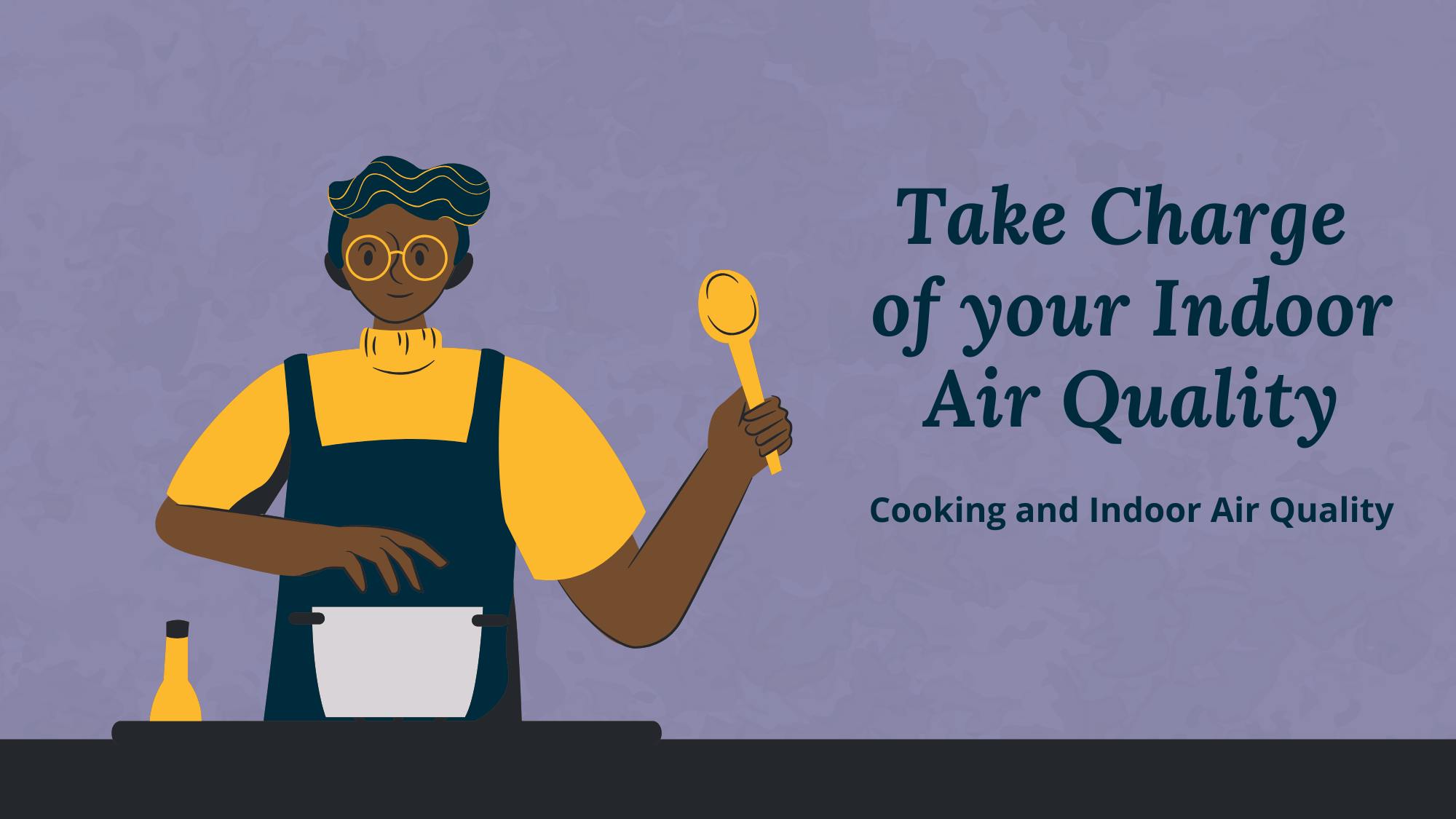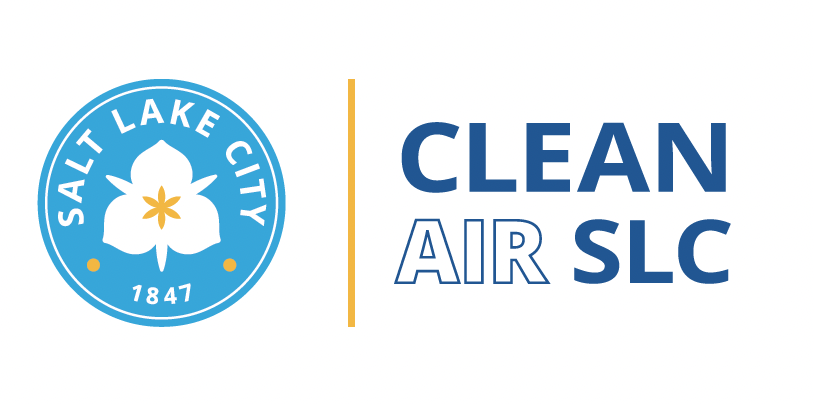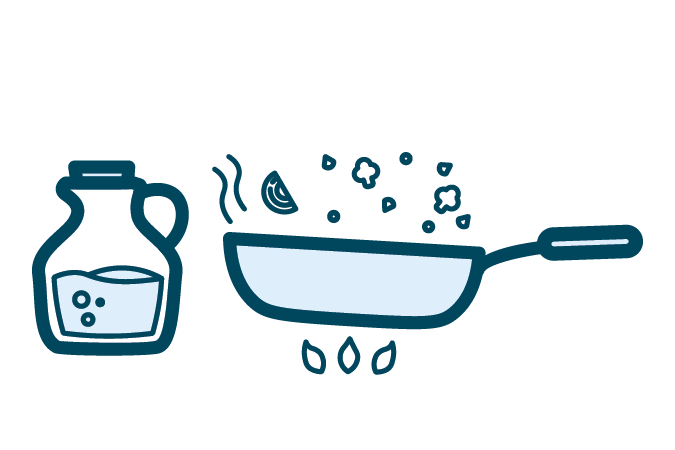
Cooking brings flavor—but also hidden air pollution. Whether you use gas or electric, how you cook impacts the air your family breathes. Even brief cooking sessions can spread pollutants throughout your home (not just the kitchen). But simple changes can greatly enhance your indoor air quality!
📌 How Cooking Impacts Indoor Air
- Frying, broiling, and sautéing generates particulate pollution regardless of stove type. Ventilation during and after cooking is essential!
- Gas stoves emit nitrogen dioxide (NO₂), linked to asthma and other respiratory issues. Children are especially impacted by NO₂ exposure. Recent studies show that children in homes with gas stoves have an increased risk of developing asthma.
- NO₂ levels released from gas stoves can remain high for hours after cooking—throughout the home, not just in the kitchen.
- Other chemicals, like formaldehyde and benzene, are also released when using gas stoves at levels that exceed health-based standards. In fact, gas stoves emit benzene (a carcinogen) at levels similar to secondhand smoke.
Read on for some tips and specific actions you can take in your home.
What You Can Do: 4 Tips for Cleaner Air
1) Always Vent While Cooking
🌀 Turn on your range hood every time you cook. Run your range hood, any fans, and/or open windows or doors for at least 10 minutes after cooking to help clear lingering pollutants. Range hoods that vent air outside do a better job of cleaning the air. If your range hood just recirculates the air (doesn’t vent outside), think about upgrading to one that does.
2) Clean Filters and Cook Tops Regularly
🧽 Keep your range hood and stove top clean. Grease and grime accumulate on filters and will reduce performance of your range hood, so be sure to clean the filters monthly. Choose Safer Choice-certified cleaners, which use safer ingredients and help minimize the release of VOCs (volatile organic compounds) and other harmful chemicals in your air.
3) Use Small Electric Appliances
🍲 If you have a gas stove, use small appliances like microwaves, rice cookers, toasters, and electric kettles as often as you can. Even when off, gas stoves can emit small amounts of methane and VOCs. Using electric alternatives helps keep your air cleaner all day long. The less you use gas, the cleaner your air!
4) Try Induction Cooking
🧲 Induction stoves produce no combustion emissions (NO₂, CO, benzene, etc.), are more energy efficient than both electric and gas stoves, and cook faster and are safer. 💡 Not ready to make the swap? Try a single-burner plug-in induction stove
🔍 Want to Learn More About Cooking + Indoor Air Quality? Explore these accessible, trusted reads:
📘 Pros & Cons of Induction Cooktops – Consumer Reports
📘 Research: Induction Stoves Improve Indoor Air Quality in New York – Engineering for Change (E4C)
📘 Gas Stove Debate: What the Research Says – Harvard Public Health
📘 Making the Switch to Induction Stoves or Cooktops – Energy.gov
Want to learn more? Visit our Indoor Air Quality information page.
Have questions? Reach out to us at cleanairslc@slc.gov.
Missed last month’s newsletter? View it here.
-The Clean Air SLC Team


